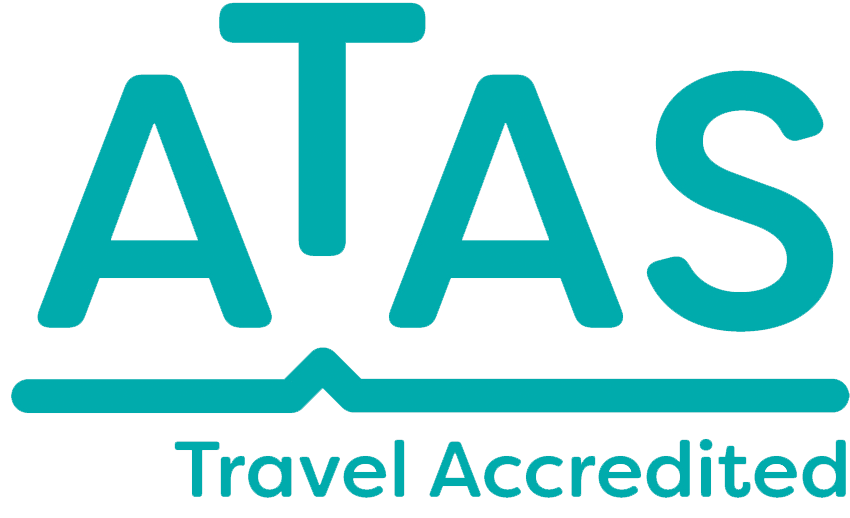- 1300 761 980
Now that your flights are booked, your accommodation is locked in, you’re just about ready for a South American adventure like no other. Now all that’s left is to learn some Spanish language basics to help you get around once you set foot on South American soil!
Whilst the official language of every South American country is not Spanish, most South American travel destinations do speak Spanish, with the exception of Brazil, where Portuguese is the official language.
Learning Spanish can seem difficult at first, however once you get your head around the pronunciation, you won’t have to worry about much else. There are minor variations in Latin American Spanish spoken in South America and Native Spanish spoken in Spain, however they are hardly noticed and locals can understand both.
When greeting your guide or other locals use:
“Hola” (OH-lah) meaning, “Hello”/ “Hi”
“Hola” can be followed by:
“Mucho gusto” (MOO-choh GOOS-toh) meaning, “It’s a pleasure to meet you”
“¿Cómo estás?” (KOH-moh ehs-TAHS?) Meaning, “How are you?”
To respond to “¿Cómo estás?” there are a few simple phrases you can use:
“Muy bien gracias” (MOO-ee byehn, GRAH-syahs) meaning, “Very well thank you”
Or, “Muy bien” (MOO-ee byehn) meaning, “well”
To thank someone, you would say “gracias” (GRAH-syahs) meaning, “thank you”
Or, “muchas gracias” (MOO-chas GRAH-syahs) meaning “thank you very much/many thanks)
Common signs you may see while on holiday include:
“Abierto” (ah-bee-AIR-toh) meaning, “Open”
“Cerrado” (sehr-RAH-doh) meaning, “Closed”
“Salida” (sah-LEE-dah) meaning “Exit”
“No fumar/fume” (noh foo-MAHR/FOO-may) meaning “No smoking”
Some other phrases you may need to use while exploring South America are:
“Disculpe” (dees-KOOL-peh) meaning “Excuse me”
“Lo siento” / “perdón” (LOH SYEHN-toh / pehr-DOHN) meaning, “I’m sorry”
“Adiós” (ah-DYOHS) meaning “Goodbye”
“Sí” (SEE) meaning “Yes”
“No” (NOH) meaning “No”
“¿Hablas inglés?” (AH-blahs een-GLEHS?) meaning “Do you speak English?”
“¡Ayuda!” (ah-YOO-dah!) meaning “Help!”
“¿Dónde está el baño?” (DOHN-deh ehss-TAH EHL BAH-nyoh?) meaning “Where is the toilet?”
“Por favour” (POHR fah-BOHR) meaning “Please”
The upside down exclamation and question marks before words look confusing, however they are just part of proper Spanish grammar, and are essentially question marks and exclamation marks.
Now that you know some useful key phrases in Spanish, you’re well and ready to take off on your South American journey for an unforgettable adventure!
¡Buen viaje! (Have a good trip!)
Suite 2, 1st Floor
261-271 Wattletree Rd
Malvern VIC 3144



For tailor-made itineraries or enquiries…